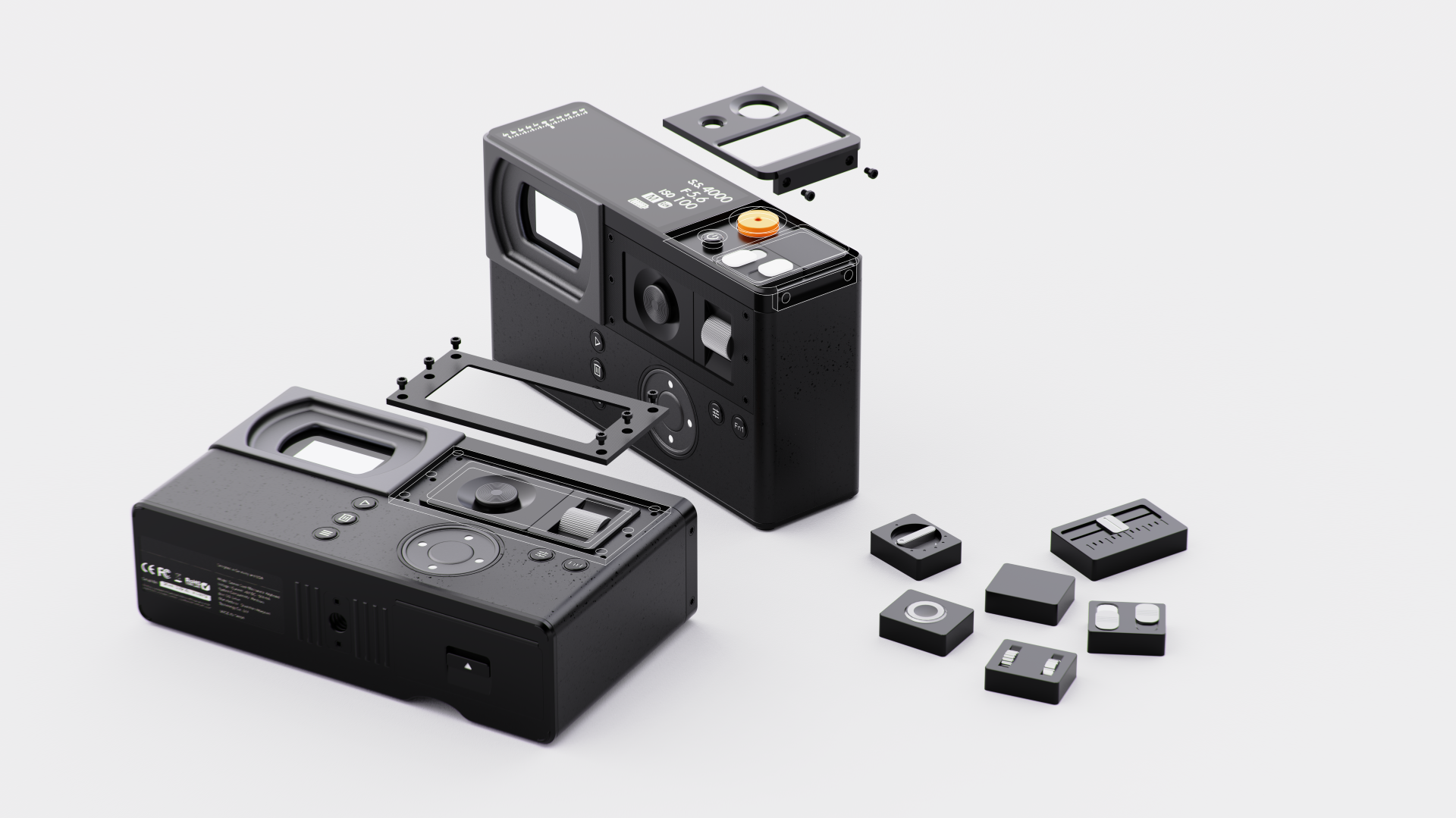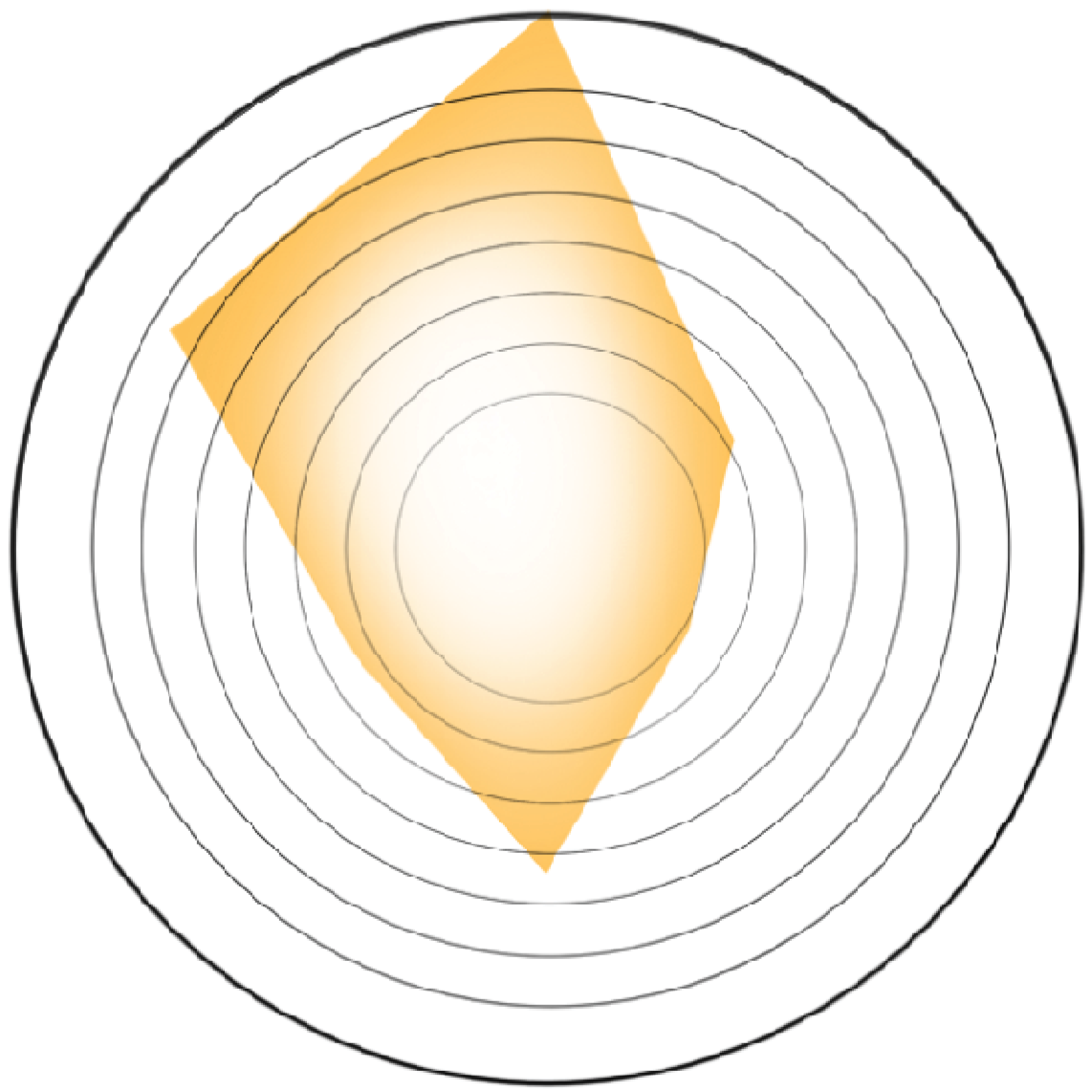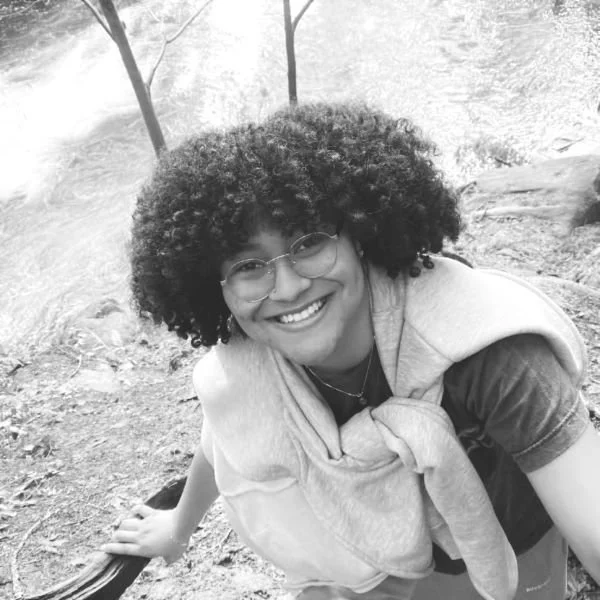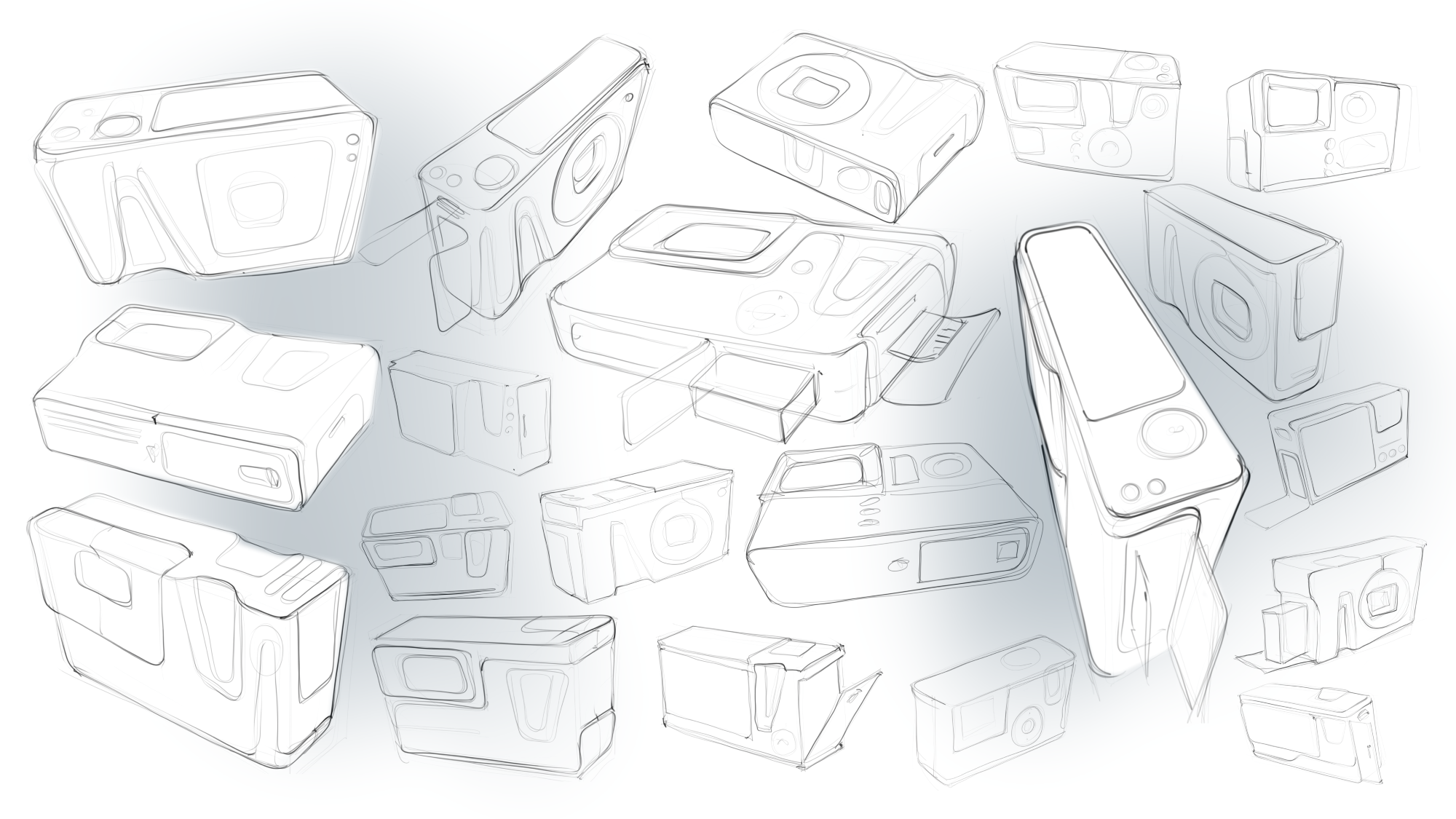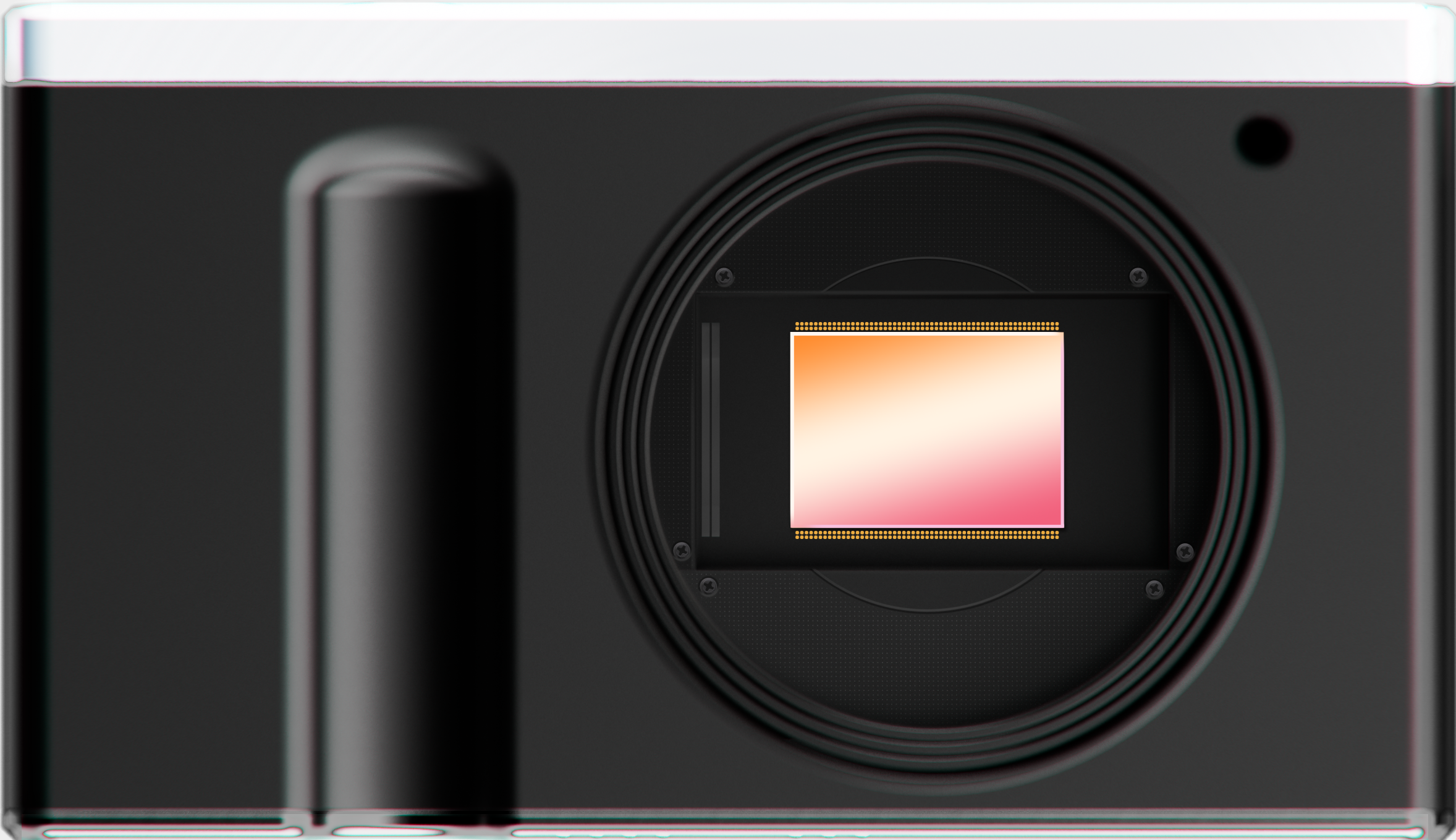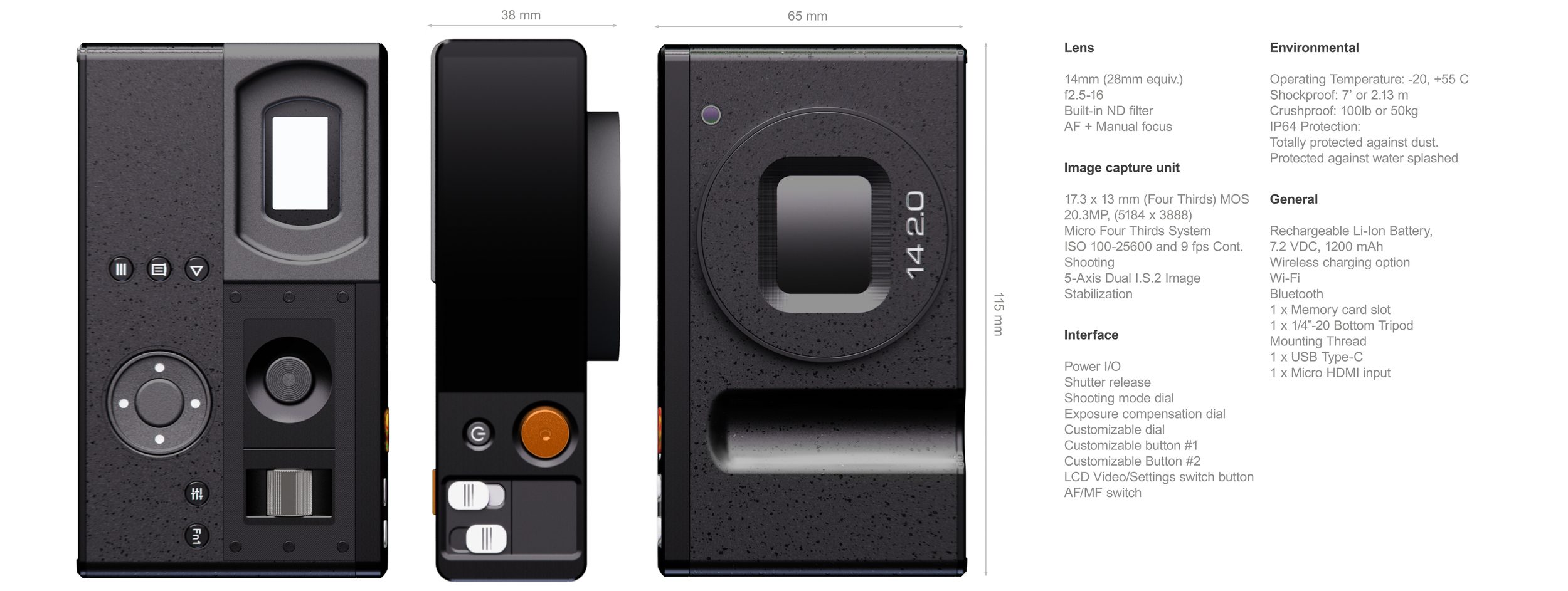Tragen
Pocketable mirrorless camera
This camera is designed with hobbyist photographers in focus. Despite its ultra-compact and highly portable design, it’s capable of delivering professional-quality photos with the distinctive depth of field associated with DSLR/SLR photos. Drawing inspiration from leading compact models such as the Fujifilm X100V and Ricoh GRIII, this camera seamlessly integrates an MFT sensor and a fixed prime lens, offering the best of both worlds in terms of functionality and performance.
Personal Project
Duration | 10 weeks, 2023
Software Used | Fusion 360, KeyShot, Sketchbook Pro, Lightroom, InDesign
Credits | Professor Carl Ledbetter
93% of hobbyist photographers would like to take more photos.
Who is a Hobbyist Photographer?
A hobbyist photographer is someone who engages in photography as a personal interest or passion rather than as a profession.
They may use photography as a means of self-expression, self-exploration, and creativity, or as a way to capture memories of people, places, and events.What sets a hobbyist photographer apart from a professional is their primary motivation for taking photographs. While professional photographers may rely on their skills and equipment to make a living from their work, a hobbyist is driven by their love for the art form and the joy they derive from capturing images that inspire them.
What stops them from photographing more?
82% --- their camera is too big / not pocketable to be carried around every day.
69% --- they are not looking to buy a second camera, because of the price.
87% --- compact cameras don’t produce the traditional ‘look’ of the photos.
95% --- wouldn’t replace an interchangeable lens camera for a fixed lens one.
78% --- compact cameras don’t deliver the experience of traditional cameras.
72% --- photos need to be edited after photographing.
Hobbyist Photographer
These types of photographers often enjoy the process of taking photos. Even though cameras fall under the consumer electronics category, hobbyist photographers have deeply sentimental feelings about them and treat them like a favorite musical instrument, rather than treating them as a smartphone.
Professional photographer
Professional photographers are often former hobbyist photographers who decided to take their skills to a higher level to make a profit from it. They are mainly interested in an end result, and it’s crucial for them to have as little friction when interacting with their cameras and other gear.
Point-and-Shoot / Smartphone Photographer
Average smartphone photographers are interested in getting a high-quality photo, and at the same time trying to emotionally stay in the moment of an event they are photographing.
User Journey Map
|
|
|
Preparing equipment
Exploring
Setting up
Capturing
Adjusting settings in process
Photo selection
Editing
Developing
Exploring Sharing Storing Printing
Interviews
Andrew
student | photojournalism | 4 years
“I like the feeling of being a ‘fly on the wall’, getting absorbed into the moment, observing others, and capturing experiences”.
Jake
professional videographer | 8 years
“I love using cameras but I see them as a vehicle to an end result”.
Norman
student | industrial designer | 5 years
“I think photography was just an easy entry point into creating visual art, I wasn’t feeling like I’m starting with a blank page. I could just photograph beautiful things in front of me and it would immediately make me feel creative.”
Salvador
hobbyist film photographer | 2 years
“I teach myself techniques for focusing to get consistently good shots.”
Angela
hobbyist photographer | 3 years
“I use digital now, but I honestly prefer film. There’s something so satisfying about doing something right the first time taking the photo and then waiting for a surprise while it develops.”
Lily
student | photographer | 4 years
“I love my camera. It is my most beloved possession. I would say it’s my biggest tool for doing what I love.”
Tekiah
camera collector | 5 years
“In digital photography, I have to play with the settings to get it to a place that I like. I like analog more because the pictures come out more raw and vibrant. I am taking you to this place, and you are experiencing it.”
Maria
hobbyist photographer | 7 years
“Photography is an extra motivation for me, when I’m debating or feeling lazy about going somewhere or doing something.”
Camera preferences by hobbyist photographers
Mirrorless 21%
DSLR 19%
P&S Film 16%
Phone 14%
SLR 13%
Rangefinder 10%
Insights
1. Hobbyist photographers seek the experience of photography.
2. Hobbyists tend to treat cameras much more sentimentally, than other electronics.
3. Waste and price are key issues in film camera usage.
4. Zero previous art experience required. Easy entrance point to creative space.
5. Users trade physical and cognitive accessibility for performance.
6. Wide camera and editing options create a significant learning curve for new users.
7. The best camera is the one that you have with you.
Opportunities
1. How can we achieve the most gratifying aspects of film photography in a digital form?
2. How can we improve the customization and personalization of cameras?
3. What is a good method of eliminating film camera waste and/or reducing the price?
4. How can we reduce perceived barriers to entering?
5. How can we make capable equipment more accessible?
6. How can we reduce the learning curve for new users?
7. How can we make carrying cameras as seamless as a phone?
Design Criteria
Affordable
Pocketable
Customizable


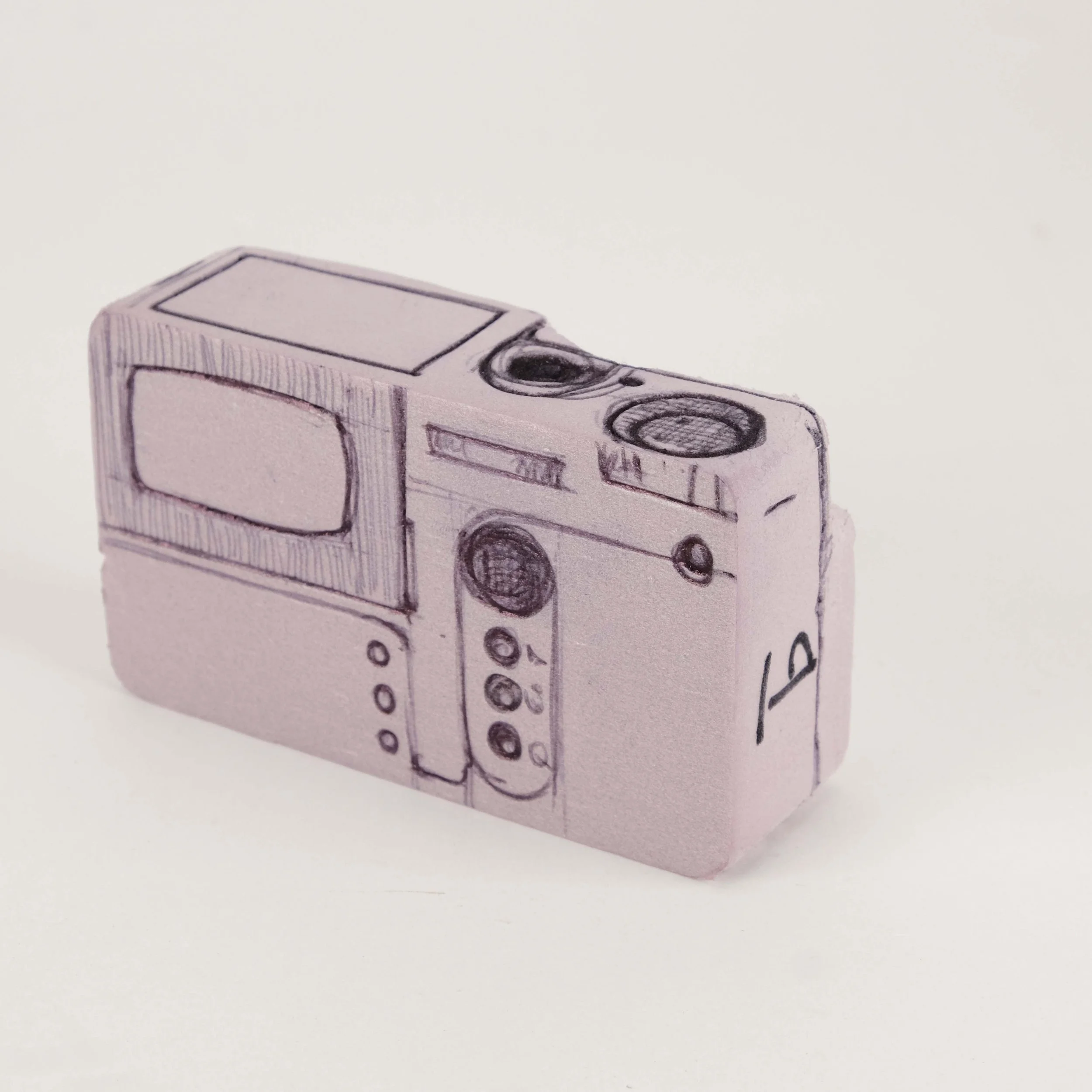
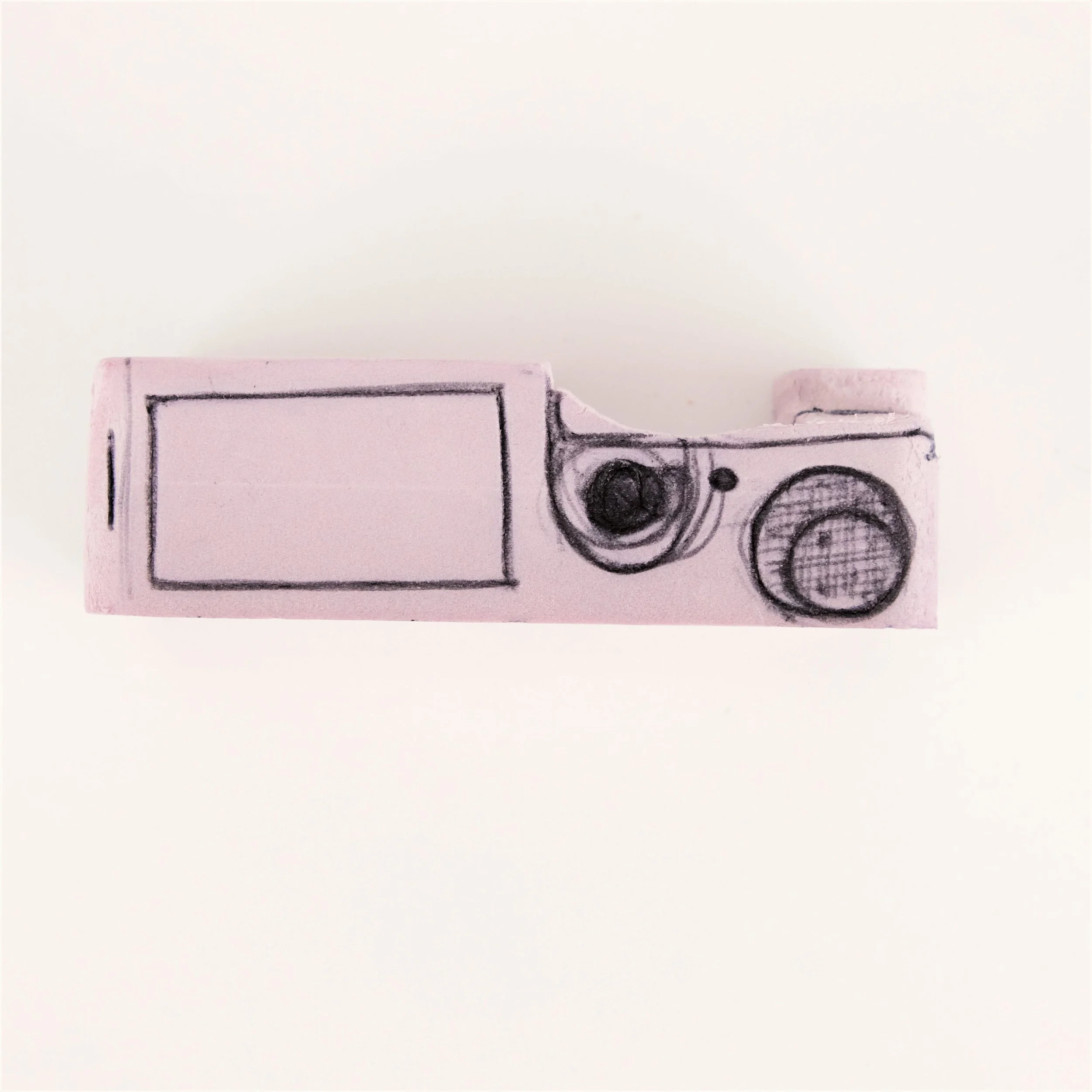


Micro Four Thirds Sensor
(MFT or M4/3)
The image sensor measures 18 mm × 13.5 mm, with an imaging area of 17.3 mm × 13.0 mm.
Electronic viewfinder
Because the users expressed their desire to maximize the analog experience in a digital camera, it was decided to have a high-quality built-in electronic viewfinder.
Also, having the screen on the back would compromise the ability to have a viewfinder in such a compact form factor, as well as make this camera feel like a phone or point-and-shoot camera when photographing.
Customization
Because the users expressed their desire to maximize the analog experience in a digital camera, it was decided to have a high-quality built-in electronic viewfinder.
Also, having the screen on the back would compromise the ability to have a viewfinder in such a compact form factor, as well as make this camera feel like a phone or point-and-shoot camera when photographing.
